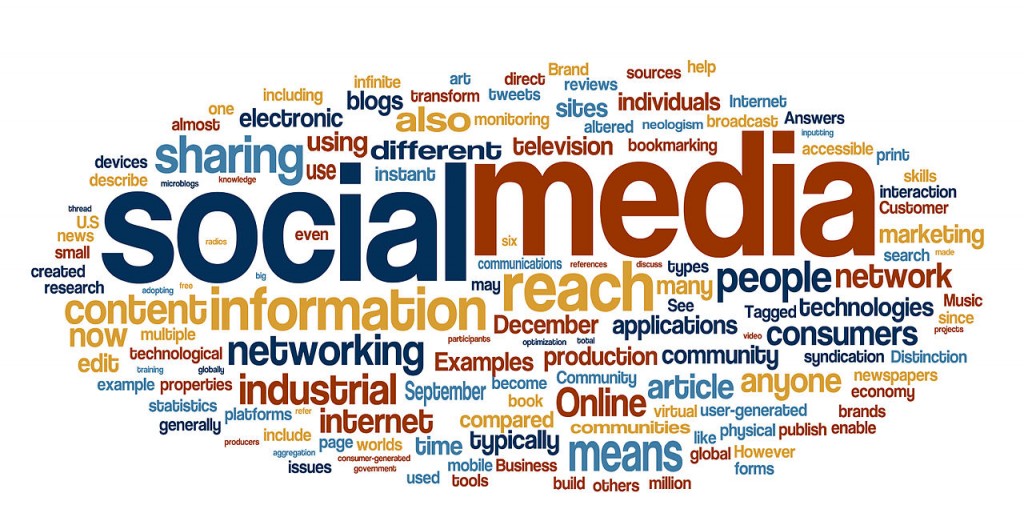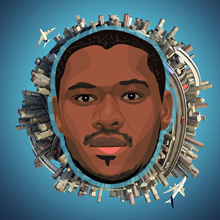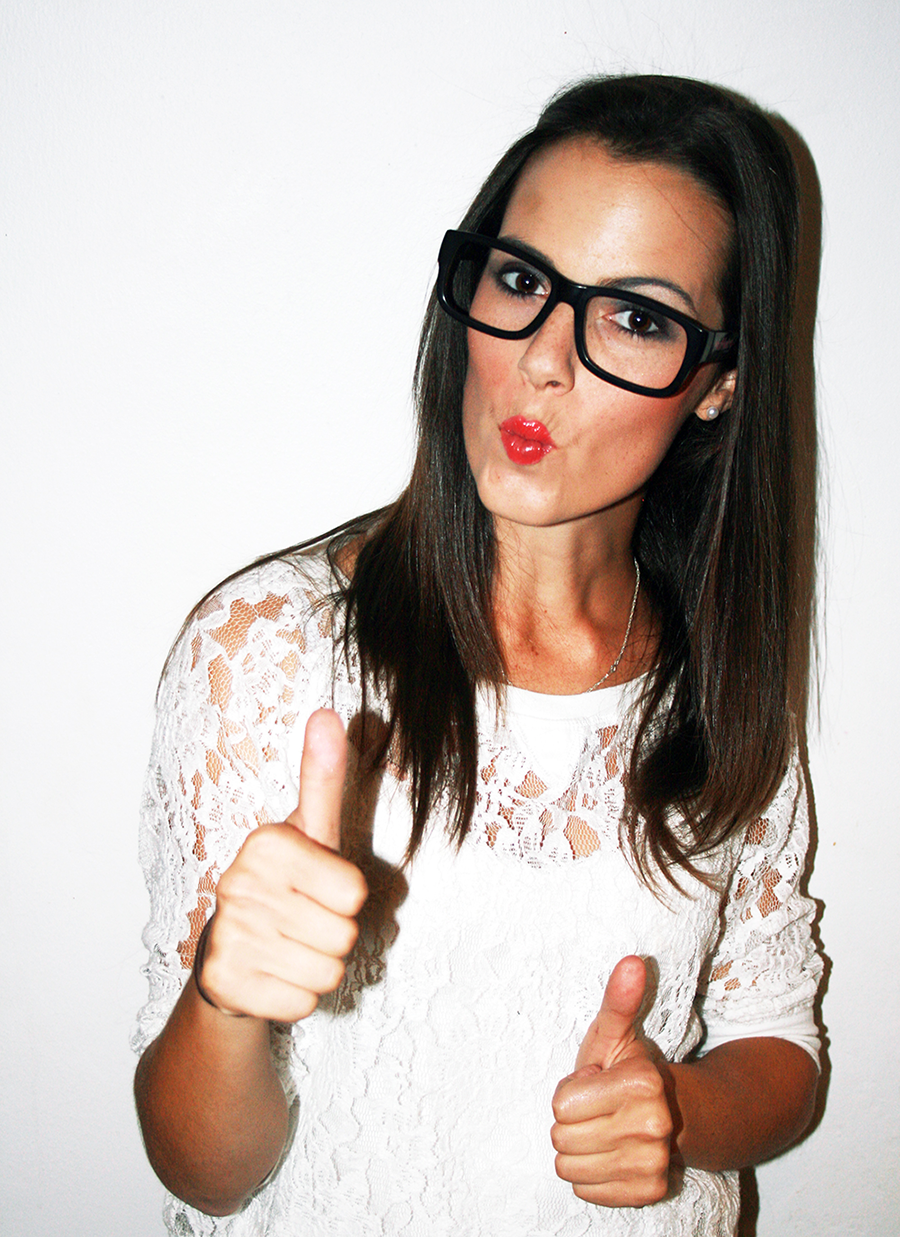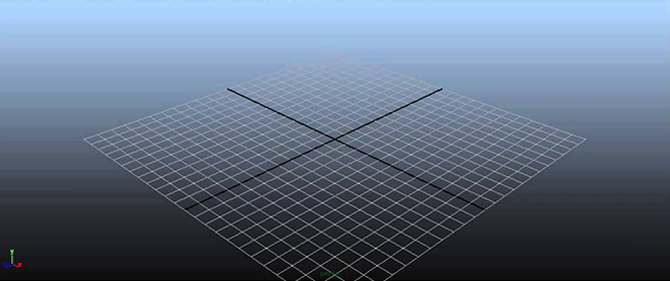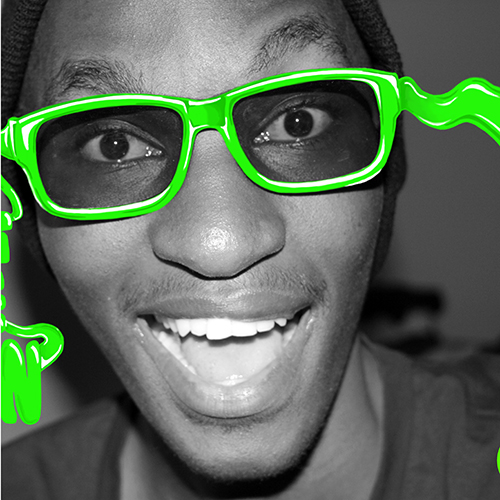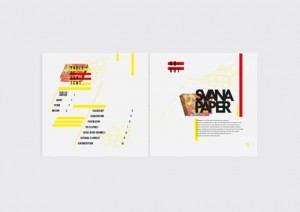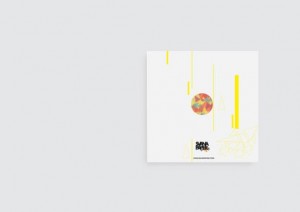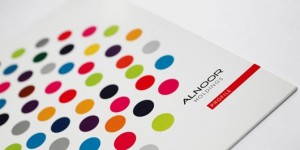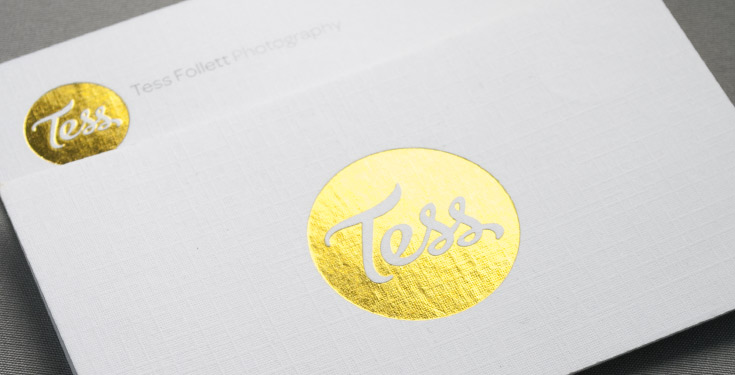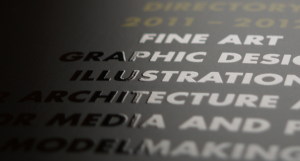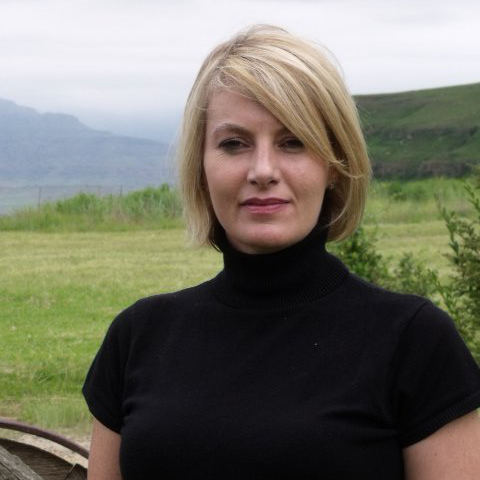19 May Bongani Gosa On BusinessDay TV
The Big Small Business Show – 18 May 2015 – Part 1
The Big Small Business Show – 18 May 2015 – Part 2
Video Transcript – Part 1
Voice-over: The Big Small Business Show is made possible by the South African Institute of Chartered Accountants. Develop. Influence. Lead. And MTN Business, your success is our passion.
Allon: This is the Big Small Business Show where we assist business owners to realize their short-term goals. Monalisa, welcome back.
Monalisa: Thank you very much.
Allon: I see you dressed for Africa Month.
Monalisa: Yes, in celebration of Africa Month.
Kumaran: West African look, hey.
Monalisa: West African, in particular.
Kumaran: Nice.
Allon: Is there any meaning to that pattern?
Monalisa: No, it’s just distinct to West Africa.
Allon: Okay, okay. Kumaran, welcome.
Kumaran: Is this an impostor here? Something’s different about you, isn’t it?
Allon: It’s my eyes. I never slept last night.
Kumaran: Okay, nothing here?
Allon: No, no.
Kumaran: There’s something missing, Allon. There used to be a beard there. Gone?
Allon: Where did it go?
Kumaran: Now, you made a promise to the viewers that you’re growing the beard until you lose a certain weight.
Allon: Yes.
Kumaran: So can we assume . . .
Allon: No. We lost half of it.
Monalisa: Misrepresentation.
Allon: I’m going for another strategy for the second half.
Kumaran: Okay.
Allon: But that’s enough about us here. We’ve got a guest to talk to today. Now, our guest today is Bongani Gosa, founder and creative director of Breeze Website Designers. BWD is a digital advertising agency. And they specialize in website and logo designs, company profiles, animated explanatory videos, in a nutshell, anything and everything that generates sales leads. Lets have a look.
Woman: Established in 2006, Breeze Website Designers is a independently owned digital agency. They combine ideas with innovative technology and the latest trends to ensure businesses gain maximum advantage in a rapidly evolving marketplace. From logo or website design to digital marketing strategy and animated explainer videos, Breeze Website Designers can do it all. Headed by Bongani Gosa, a passionate entrepreneur, he began his journey in his early childhood days.
Bongani: My journey as an entrepreneur, I’d say it started when I was around 16 years old, basically. So what happened is that, because I come from a small village in Mafikeng called Majemantsho, what happens is that people would neglect their . . . I won’t say neglect their lawns, but they would leave their lawns so their lawns would not look as clean as they should be. And then what happens is that when I was 16 years old, when schools are closed, your parents won’t necessarily give you money because their argument is that you’re not going to school. You’re not going anywhere. What are you going to use this money for?
So I had the problem that I don’t have money. And the community and [inaudible 00:03:06] had the problem that their lawns are not as clean as they should. And my father had cattle. So I feel, “You know what? Let met just package this cow dung in bags and sell it.” And then I made money in the process. So that’s pretty much where the entrepreneurship thing started.
Breeze Website Designers is basically digital advertising agency that create great-looking websites that generate sales leads. There was a need in the market for high-quality work. Because what I noticed that there were quite a number of guys that are doing work, but they are doing substandard stuff. So being an IT graduate, then I felt, “You know what? Let me just quickly upskill myself and then get into the space.”
Woman: Although Bongani seems to have this business sailing smoothly, his entrepreneurial journey has hit him with hurdles that taught him valuable lessons.
Bongani: I suppose my first big challenge was growing the company. As soon as you get work, you have to deliver the work. So if you are the website designer or the graphic designer, then it means I have to do the work. While I’m doing the work, who’s doing the sales? Who’s doing the relationship management? I can’t be the person working in the business. I have to be the person working on the business. Otherwise, the business will collapse. That’s why my company collapsed twice, basically. So this is like the third time I’m doing it.
Mainly, I tried to hire people that are passionate about what they do. And I also tried to hire people that are more knowledgeable than me. So that is what makes us successful.
Lesedi: What sets BWD apart from other agencies is that we offer a very tailored kind of experience for the clients. It’s very bespoke. Our clients come in and they tell us exactly what they want. And we try to accommodate them as best as possible.
Jade: We’ve spoken about getting involved in all of event branding as well as advertising, general mass advertising. I definitely do think we do have the talent for it. I do think we have the capacity for it. So obviously, as time goes along, I think we definitely will get involved in that.
Woman: With a staff complement of ten, this creative team is dedicated to serving their clients with high-end, quality digital services. With a flexible, fast-moving team that has big ideas that magically come alive, Breeze Website Designers definitely love what they do.
Bongani: The one year short-term goal would be to move from a small agency to a medium-sized agency. We’ve been around for nine years now, but we’re still stuck in the small phase. And I feel that it’s not really necessary. If you look at our headcount and amount of stuff that we have, we should be medium-sized already. So our goal, mainly, is just move from being small to medium-sized agency.
Allon: Now Bongani’s short-term goal is to grow from a small business into a medium business. And he also wants advice on landing large B2C companies as a client. Welcome, Bongani.
Bongani: Oh, thanks for having me.
Allon: Let’s start off by what you are terming a medium-sized business. You’re currently at 10 people. What would you see as a medium-sized agency? How many people? What kind of turnover would that be?
Bongani: A medium-sized agency would be an agency with a [inaudible 00:06:26] just above 12 million an annum.
Allon: Yeah.
Bongani: Yeah.
Allon: And people? How many people do you think could generate that kind of revenue?
Bongani: Just over 30.
Allon: So you’ve been around now for a while now, and I love the fact that you’re back here again. But the question that came to me was, how did you finance your two comebacks?
Bongani: The nice thing about me is that I’ve got a diploma in IT. I’ve got a BTech in IT. I’ve got a project management certificate. I’ve got a bookkeeping certificate. I’ve got basic business skills certificate, kind of [inaudible 00:07:06]. So I’ve got quite a few certificates. And I’m also a competent person. So any company wants to hire a guy like me. So what [inaudible 00:07:16] when the business collapses, then I just go into job market, find a job. Like I said, people want to hire me. And I would work for a while, find my feet, and then go back in.
Allon: And you did that twice.
Bongani: Yes, I did that.
Allon: What’s going to be different this time? Why won’t you fail this time?
Bongani: This time, what I’ve done is that I’ve put processes in place to make sure that the business runs like a well-oiled machine. So I’m not necessarily working in the business. I’m working mainly on the business.
Kumaran: What processes, briefly?
Bongani: Design process, client-handling process, pretty much processes for anything that you can think of that we do, there’s processes for it.
Kumaran: But, Bongani, tell me about the sales process, not so much the sales process, but rather your sales pipeline, your plan, because businesses fall generally because of that as well. So tell me how you’re generating your sales.
Bongani: The way we’re generating sales, it’s mainly through search engine optimization. So what we’ll do is that we’ll make sure that people find us on Google. If you search “website designer” or “website designer Johannesburg,” as we speak now, we top three. So we don’t really have an issue with getting leads around websites. But what we also do is that I do public speaking so that I can educate people about what is it that we do, becasue some of us, it’s difficult to breathe and understand. And what we do, so we do a bit of PR so that we can educate people around what is it that we do.
Allon: Okay, I think that’s a good entree for you Monalisa. You’ve obviously gone on to the website, looked at their branding. Your thoughts, your questions?
Monalisa: Well, I think obviously for a website designer and all sorts of things that you’re selling, you’ve presented yourself very well in terms of that aspect so that your clients who view your website have confidence. They can have at least a decision from the first strike. But what I wanted to ask, as a result of your business closing and reopening, what has that done to your brand and some of your customers? Have you been able to bring your customers back that you had previously? And how are they now confident, because that can really affect your brand if you continue to open and close?
Bongani: Our biggest challenge, at the moment, if I have to be honest with you, is that I don’t think it would be correct to say we have clients, per se. We’ve got maybe less than five of those. We mainly work on projects, because what happen is that, let’s say, we work on a website, we work on that. We finish it. And then we work on another one. Or if we work on a animation video, we work on that. We finish it. So we don’t really have a lot of clients where we service on a regular basis. We work on projects. That’s our problem at the moment.
Monalisa: Okay.
Allon: So, I think it’s time for us to take a break right now. When we come back, we’ll ask more questions around the growth phase that you are anticipating. Stay tuned.
Video Transcript – Part 2
[music] [music]
Man: Welcome back. Our guest today is Bongani Gosa from Breeze Website Designers, a digital advertising agency. Now, before the break we spoke to Bongani about his growth prospects and we established that he believes he doesn’t have clients, per se, but he’s got projects, per se. And so we’re trying to give him advice around taking this business which is around 10 people to 30, 40 people and what are the steps that we need to do in order to get there. I want Kumaran to come in here because I think the insight with Kumarin was going around sales. You can’t grow a business from 10 people to 30 people if you don’t have sales.
Kumaran: No.
Man: And Kumaran, I’m sure you’ve got questions around that.
Kumaran: Well the two answers, the one to my question and the one from Monalisa’s question, gives me some concern that I want to probe with. The first is that you are advertising on Adwords, Google, with the phrasing ‘Johannesburg Design’ and those kinds of things. What types of companies would enter such a phrase on Google?
Bongani: Okay, that’s part of our problem if I have to be honest with you.
Kumaran: Yes.
Bongani: It would be a small company.
Kumaran: Yes.
Bongani: Small to medium company . . .
Kumaran: Yes.
Bongani: . . . searching for that type . . .
Kumaran: Yes.
Bongani: . . . of business. That’s one of the problems.
Kumarin: Okay, so you’ve got it right. That’s where I’m going with that. If you’re wanting to get large, and I’m not saying that’s the right thing by the way, I may disagree with that just now. You said your goal was to get to large companies, they’re not going to enter that kind of search phrase.
Bongani: That’s correct.
Kumaran: So there’s no alignment between the segment you want and your marketing.
Bongani: That’s correct.
Kumaran: So that will have to change. The second thing is that to Mona Lisa’s question you said you don’t view it as clients as such, more as projects and the nature of an advertising type of business is very project related. Peaks and troughs, right? Project start, project finish, all of that. And if you want more sustainability, perhaps it’s a summary thing, I just realized. Why are you not taking a client view? Why are you looking at it as projects rather than, “Well, I have a clients.”
Man: Well, the way I read it is I don’t think that’s what we wants, I think that’s what he has.
Kumaran: Yes.
Man: So my read is that what he’s realized is that he doesn’t have clients. He wants clients. He doesn’t want projects, he want’s clients.
Bongani: That is correct.
Man: But he’s getting projects and he’s, I think, smart enough to realize that and brave enough to say that and I think that’s what I’m hearing.
Monalisa: Absolutely. And I think the keyword, I mean, that’s been prevalent throughout the discussion is the word growth. And part, I think for me, in terms of growing from project to client, let’s call it that, you need to recognize or be able to ascertain how you can grow with your clients because that’s going to determine your growth. So instead of looking at a client as a once off project look at them as almost a three to five year plan because that’s going to be able to develop your pipeline. That’s going to be able to develop your account management. You’ve got accounts management but they only are managing, in my view, accounts when they’re there not the continual to say, “Right, we’ve done website design for you. We feel now that we should do this.” Really understanding what is the client’s business in order to grow with them, with actually talks to your growth opportunities as well.
Man: I’d like to come in here and just talk about my experience. You should integrate yourself into the whole marketing opportunity of a business. But let’s say you can’t and you want to focus now on web design. When you’re designing a website if your partnered with them you’ll understand that this is phase one, there’ll be a phase two, there’ll be a phase three. And your languaging and how you’re engaging your client is, “Okay. Let’s just get phase one out and let’s talk about what the second phase and the third phase of your website is.” You’re building in a modular way and you’ve got a long term relationship there. Are you going to disagree?
Kumaran: Yes.
Man: Okay.
Kumaran: All of this is, for me, premised on your choice of your target market, right?
Bongani: A hundred percent correct.
Kumaran: So we are busy giving you advice on what to do which in of itself may not be wrong, what the three of us are saying. But it’s about the context and the context is which target market is the right target market for you. Then these strategies will make sense or not. So, I want us to advise him on that or discuss that, right?
Monalisa: Of the target market.
Kumaran: So you saying, go for the large B to C clients, very large. And large, give me an example of large without mentioning a name. Is it a national?
Bongani: Large would be someone that sells soap . . .
Kumaran: Okay.
Bongani: . . . clothes . . .
Kumaran: Right.
Bongani: . . . every day stuff.
Kumaran: So the game is should he go into that segment or maybe just go one level up and deal with the smaller, medium size businesses. And then all these processes and advice will make sense or not.
Man: Go one level up. Understand now, to do that . . .
Kumaran: So not the very large.
Man: Not the very large, no. Would you agree?
Kumaran: Yes.
Monalisa: I agree as well.
Bongani: Because the capacity and the credentials you need for the very large you don’t have just yet. You can get there and you will get there but you don’t have that just yet and it may be more of a risk because you take on one large project, you have to hire a lot of people, they pay them in cycles, maybe an issue, it may kill the business now. Whereas to spread your risk with having, you know, 50 smaller or 50 medium size clients would be great especially if you look at your product set will also have to change. You’re a generalist at the moment, right? You’re offering websites, explainer videos, a bit of few different things. And a super large business already has some of these things taken care of so you going to have to make some choices to cut or kill some of your products or services and concentrate on one or two things that you can be known for. So it’s a fundamental change to the business to target a very large one.
Man: I know that you’ve got a burning question around the different . . .
Monalisa: I don’t know if it’s a burning question, it’s more of a concern, I think, or a missed opportunity in that I think agreeing with what Kumaran was saying is that right now your vision is to target the large clients. But I feel you’re missing an opportunity with the medium size companies who are looking for your services. But as my colleagues have said there’s a lack of specialization right now, to say, a specific target market and a specific client needs these services to grow and perhaps, in my view, you haven’t really honed in on that and how to market that, how to address them, and how to get them to be your clients for a long time.
Man: Okay, so we have to take a break right now. We’ll be right back with some summaries. Stay tuned.
[music] [music]




